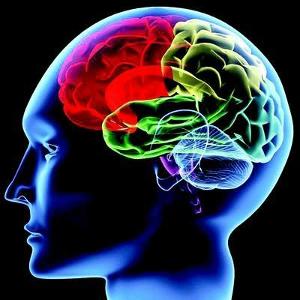
Representational Pic
Scientists have perfected mini cultured 3-D structures that grow and function much like the key working tissue or cortex of the brain from which they were derived, an advance that may lead to personalised medicine.
Strikingly, these “organoids” buzz with neuronal network activity. Cells talk with each other in circuits, much as they do in our brains.
This evolving “disease-in-a-dish” technology is bringing closer the day when patients can ask for personalised medicines, researchers said.
“The cortex spheroids grow to a state in which they express functional connectivity, allowing for modelling and understanding of mental illnesses,” said Thomas R Insel, Director of the National Institute of Mental Health.
“They do not even begin to approach the complexity of a whole human brain. But that is not exactly what we need to study disorders of brain circuitry. As we seek advances that promise enormous potential benefits to patients, we are ever mindful of the ethical issues they present,” said Insel.
Prior to the new study, scientists had developed a way to study neurons differentiated from stem cells derived from patients’ skin cells – using a technology called induced pluripotent stem cells (iPSCs).
They had even produced primitive organoids by coaxing neurons and support cells to organise themselves, mimicking the brain’s own architecture.
But these lacked the complex circuitry required to even begin to mimic the workings of our brains.
Based on an improved, streamlined method for producing iPSCs, the team’s cortex-like spheroids harbour healthier neurons supported by a more naturalistic network of supporting glial cells, resulting in more functional neural connections and circuitry.
Like the developing brain, the neurons form layers and talk with each other via neural networks.
The spheroid technology is more consistent than earlier organoids in generating the same kinds of cortex-like structures in repeated experiments.
The budding cortex also lends itself to analysis using conventional brain slice methods.
“While the technology is still maturing, there is great potential for using these assays to more accurately develop, test safety and effectiveness of new treatments before they are used in individuals with a mental illness,” said David Panchision, programme director for stem cell research.
The study was published in the journal Nature Methods..
This evolving “disease-in-a-dish” technology is bringing closer the day when patients can ask for personalised medicines, researchers said.
“The cortex spheroids grow to a state in which they express functional connectivity, allowing for modelling and understanding of mental illnesses,” said Thomas R Insel, Director of the National Institute of Mental Health.
“They do not even begin to approach the complexity of a whole human brain. But that is not exactly what we need to study disorders of brain circuitry. As we seek advances that promise enormous potential benefits to patients, we are ever mindful of the ethical issues they present,” said Insel.
Prior to the new study, scientists had developed a way to study neurons differentiated from stem cells derived from patients’ skin cells – using a technology called induced pluripotent stem cells (iPSCs).
They had even produced primitive organoids by coaxing neurons and support cells to organise themselves, mimicking the brain’s own architecture.
But these lacked the complex circuitry required to even begin to mimic the workings of our brains.
Based on an improved, streamlined method for producing iPSCs, the team’s cortex-like spheroids harbour healthier neurons supported by a more naturalistic network of supporting glial cells, resulting in more functional neural connections and circuitry.
Like the developing brain, the neurons form layers and talk with each other via neural networks.
The spheroid technology is more consistent than earlier organoids in generating the same kinds of cortex-like structures in repeated experiments.
The budding cortex also lends itself to analysis using conventional brain slice methods.
“While the technology is still maturing, there is great potential for using these assays to more accurately develop, test safety and effectiveness of new treatments before they are used in individuals with a mental illness,” said David Panchision, programme director for stem cell research.
The study was published in the journal Nature Methods.
